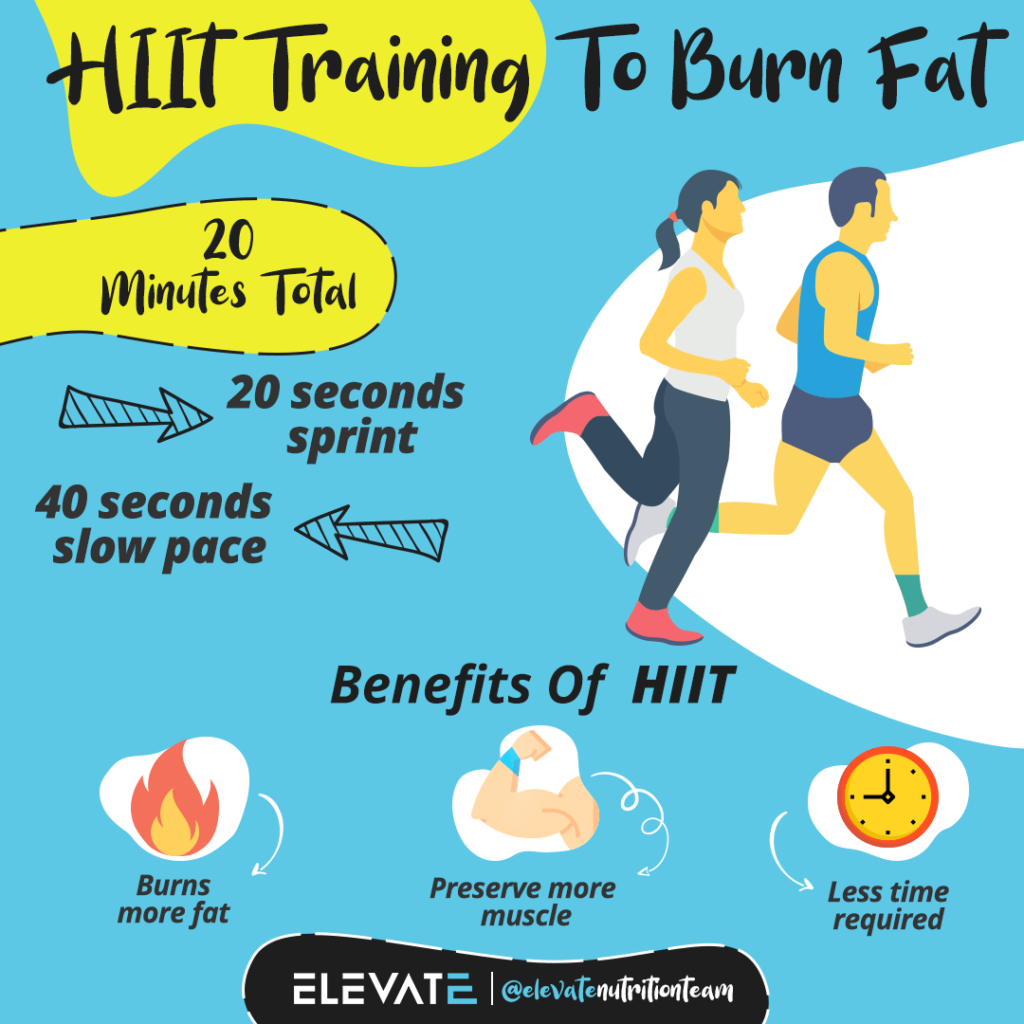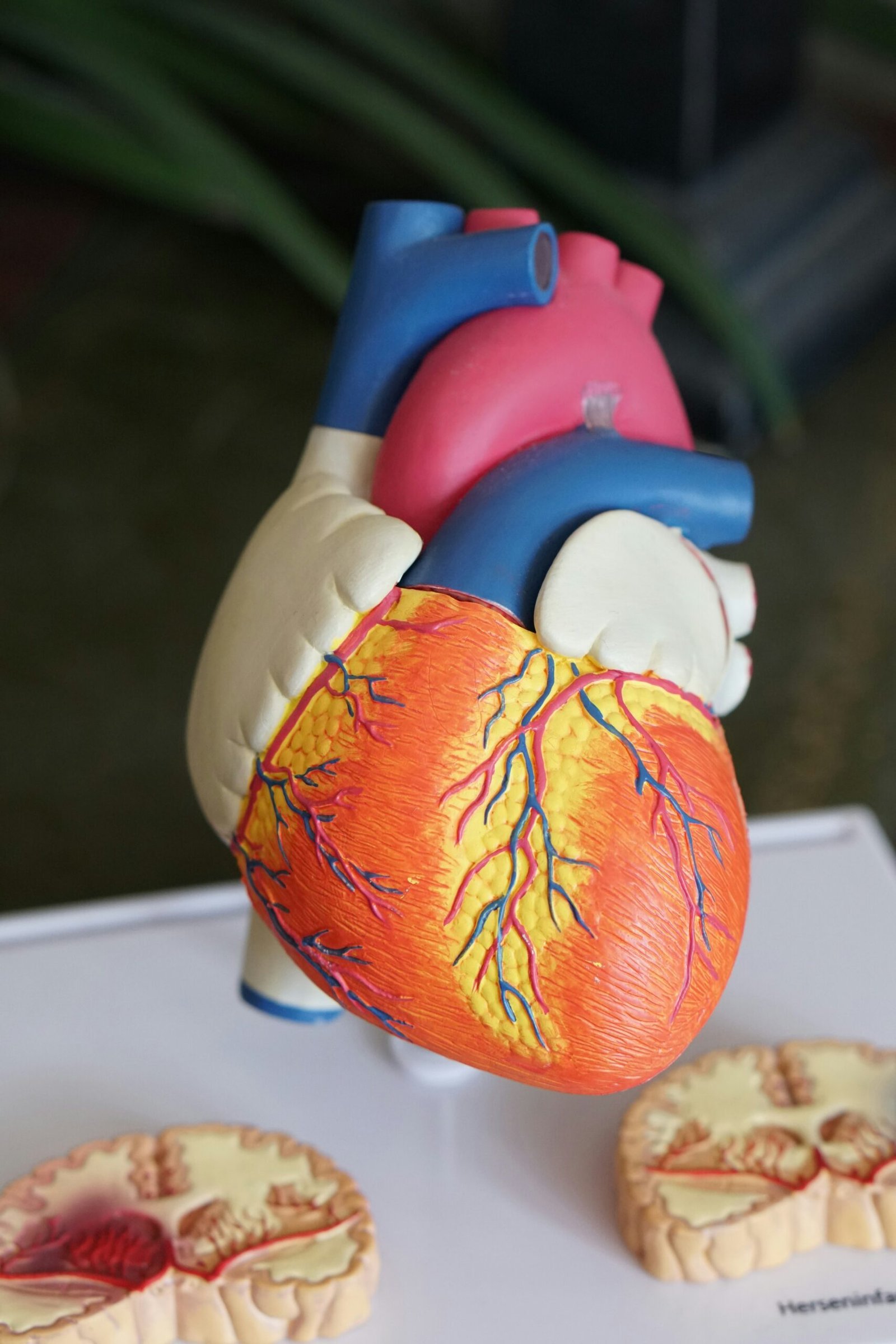Cardiovascular health is paramount to maintaining overall well-being. The cardiovascular system, consisting of the heart and blood vessels, is responsible for circulating blood throughout the body, delivering oxygen and nutrients to various tissues, and removing waste products. A healthy heart ensures that this process runs smoothly, which is essential for the optimal functioning of all bodily systems.
The heart, a muscular organ about the size of a fist, pumps blood through a network of arteries, veins, and capillaries. It works tirelessly, beating approximately 100,000 times a day to sustain life. Given its critical role, any impairment in heart function can have far-reaching consequences, affecting everything from energy levels and cognitive function to the ability to engage in daily activities.
Maintaining cardiovascular health involves various lifestyle choices, including a balanced diet, regular physical activity, and stress management. Among these, cardio exercises are particularly significant. These exercises, also known as aerobic exercises, are designed to increase heart rate and improve the efficiency of the cardiovascular system. Regular participation in cardio exercises can help strengthen the heart muscle, improve blood circulation, and reduce the risk of heart disease.
Cardio exercises come in many forms, ranging from brisk walking and running to cycling, swimming, and dancing. The key is to engage in activities that elevate the heart rate and keep it elevated for a sustained period. By doing so, the heart becomes more efficient at pumping blood, lowering blood pressure, and reducing the buildup of arterial plaque. Furthermore, cardio exercises can aid in weight management, improve lung capacity, and enhance overall endurance, contributing to a healthier, more active lifestyle.
Incorporating regular cardio exercises into one’s routine is a proactive step towards ensuring cardiovascular health. Understanding the importance of a healthy heart and the role of aerobic activity in maintaining it can empower individuals to make informed choices that promote long-term well-being.

Contents
Understanding Cardio Exercises
Cardio exercises, also known as cardiovascular or aerobic exercises, are physical activities that raise your heart rate and keep it elevated for a sustained period. These exercises are designed to enhance the efficiency of the cardiovascular system in absorbing and transporting oxygen. Common examples include running, cycling, swimming, and walking. By engaging in regular cardio workouts, individuals can significantly improve their heart health.
The primary benefit of cardio exercises lies in their ability to strengthen the heart muscle itself. As you exercise, your heart pumps more vigorously, which in turn increases blood flow throughout the body. This not only delivers more oxygen to your muscles but also helps in the removal of waste products like carbon dioxide and lactic acid. Over time, this increased workload makes the heart stronger and more efficient, reducing the risk of heart disease and hypertension.
Scientifically, cardio exercises improve heart health through several mechanisms. One key metric is heart rate, specifically the resting heart rate, which tends to decrease as cardiovascular fitness improves. A lower resting heart rate indicates a more efficient heart function and less strain on the organ during daily activities. Another crucial metric is endurance, which reflects the body’s ability to sustain prolonged physical activity. Enhanced endurance allows for better overall stamina and energy levels, making daily tasks easier to perform.
Moreover, regular cardio workouts can lead to improved blood lipid profiles, reducing levels of “bad” LDL cholesterol while increasing “good” HDL cholesterol. This balance is essential for preventing the buildup of arterial plaques, a leading cause of heart attacks and strokes. Additionally, cardio exercises help in weight management, further contributing to heart health by reducing the risk of obesity-related cardiovascular issues.
In essence, cardio exercises are a cornerstone of a healthy lifestyle, offering numerous benefits that extend far beyond improved heart function. By incorporating these activities into your routine, you can enhance both your physical and mental well-being, paving the way for a healthier, more active life.

Walking and Running
Walking and running are two of the most accessible and effective forms of cardio exercise, ideal for promoting a healthy heart. Both activities can be easily adapted to suit various fitness levels, from beginners to seasoned athletes. Walking, for instance, is a low-impact exercise that is gentle on the joints, making it an excellent choice for those just starting their fitness journey or for individuals with joint issues. Running, on the other hand, offers a more intense workout, which can enhance cardiovascular endurance and burn more calories in a shorter period.
Proper form and footwear are crucial to maximizing the benefits and minimizing the risks associated with walking and running. When walking, ensure that you maintain an upright posture, engage your core, and swing your arms naturally to aid balance and momentum. For running, focus on landing softly on the midfoot, maintaining a slight forward lean, and keeping your shoulders relaxed to prevent tension. Investing in high-quality, supportive footwear can further reduce the risk of injuries and improve overall performance.
To get started with walking or running, begin with realistic and achievable goals. For beginners, incorporating brisk walking sessions of 20-30 minutes into your routine a few times a week can establish a solid foundation. As your fitness level improves, you can gradually increase the duration and intensity of your workouts. For those interested in running, using a structured plan like the Couch to 5K program can provide a clear progression and keep you motivated.
Maintaining motivation is essential for long-term success. Set specific, measurable goals, such as participating in a local fun run or aiming to walk a certain number of steps each day. Tracking your progress with a fitness app or journal can provide a sense of accomplishment and encourage consistency. Additionally, varying your routes and incorporating different terrains can keep your workouts interesting and challenging.

Cycling
Cycling stands out as a highly effective cardio exercise that significantly benefits cardiovascular health. Engaging in regular cycling, whether outdoor or indoor, can lead to improved heart function and enhanced overall physical well-being. As a low-impact activity, cycling is gentle on the joints while providing an excellent aerobic workout, making it suitable for individuals of all ages and fitness levels.
One of the primary benefits of cycling is its ability to strengthen the heart. By increasing your heart rate and providing a consistent cardiovascular challenge, cycling helps to improve blood circulation and reduce the risk of heart disease. Regular cycling sessions can lower blood pressure, enhance lung capacity, and boost the body’s ability to utilize oxygen more efficiently, all of which are crucial for maintaining a healthy heart.
In addition to its cardiovascular benefits, cycling also aids in building muscle strength, particularly in the lower body. The repetitive pedaling motion works the quadriceps, hamstrings, calves, and gluteal muscles, leading to increased muscle tone and endurance. Indoor cycling classes, often conducted on stationary bikes, can offer additional resistance training options, further enhancing muscle development.
When choosing a bicycle, it’s essential to select one that fits your body and riding style. For outdoor cycling, ensure that the frame size matches your height and that the seat and handlebars are adjusted to promote a comfortable and efficient riding posture. For indoor cycling, invest in a stationary bike that offers adjustable resistance levels and a smooth pedaling motion.
Safety is paramount when cycling outdoors. Always wear a properly fitting helmet to protect your head in case of falls or accidents. Equip your bike with lights and reflectors to increase visibility, especially if you ride in low-light conditions. Follow traffic rules, use hand signals to indicate turns, and stay aware of your surroundings to ensure a safe riding experience.
Incorporating cycling into your fitness routine can be a fun and rewarding way to improve cardiovascular health and build muscle strength. Whether you prefer the open roads or the comfort of an indoor cycling class, this versatile exercise offers numerous benefits for a healthy heart and a stronger body.
Swimming
Swimming stands out as an exceptional low-impact cardiovascular exercise, providing a full-body workout that significantly benefits heart health. This activity engages various muscle groups simultaneously, promoting muscle strength and endurance while minimizing the stress on joints. By incorporating swimming into your fitness routine, you can enhance cardiovascular fitness, regulate blood pressure, and improve circulation, all of which contribute to a healthier heart.
One of the key advantages of swimming is its accessibility to individuals of all fitness levels. Whether you’re a beginner or an experienced swimmer, the water’s buoyancy reduces the impact on your body, making it an ideal exercise for those with joint issues or arthritis. Additionally, the resistance provided by the water helps in burning calories efficiently, aiding in weight management, which is crucial for maintaining heart health.
For those new to swimming, starting gradually is essential. Begin with short sessions, focusing on basic strokes such as freestyle, backstroke, and breaststroke. As you build stamina, you can increase the duration and intensity of your workouts. Consistency is key, so aim for at least 30 minutes of swimming three to four times a week to reap the cardiovascular benefits.
Proper gear is necessary to ensure a safe and enjoyable swimming experience. Invest in a good pair of swim goggles to protect your eyes and enhance visibility underwater. A comfortable swimsuit that provides ease of movement is also important. For beginners, using a kickboard or a pull buoy can help in practicing different strokes and building confidence in the water.
Safety should always be a priority when swimming. Choose a pool with a lifeguard on duty or swim with a buddy to ensure assistance is available if needed. Stay hydrated, as swimming can lead to dehydration despite being in the water. Lastly, pay attention to your body’s signals; if you experience dizziness, shortness of breath, or any discomfort, stop and seek medical advice.
Incorporating swimming into your exercise regimen can lead to substantial improvements in heart health, offering a fun and effective way to stay fit and healthy.
High-Intensity Interval Training (HIIT)

High-Intensity Interval Training (HIIT) is a form of cardiovascular exercise that alternates between short bursts of intense activity and periods of lower-intensity recovery or rest. This type of workout is designed to elevate the heart rate rapidly, making it an efficient method for improving cardiovascular health in a relatively short period. A typical HIIT session can range from 15 to 30 minutes, making it an appealing option for individuals with busy schedules who still want to maintain a healthy heart.
A standard HIIT workout usually involves a warm-up phase, followed by several cycles of high-intensity exercises interspersed with recovery intervals, and concludes with a cool-down period. For example, a common HIIT routine might include 30 seconds of sprinting followed by 90 seconds of walking or slow jogging, repeated for 20 minutes. Other exercises that can be incorporated into HIIT routines include jumping jacks, burpees, mountain climbers, and high knees.
The benefits of HIIT are numerous. It not only improves cardiovascular health by enhancing heart and lung function, but it also increases metabolic rate, aids in weight loss, and improves insulin sensitivity. Additionally, HIIT can help build muscle and improve overall endurance. Research has shown that HIIT can be more effective than moderate-intensity continuous training in promoting cardiovascular fitness and burning calories.
When incorporating HIIT into a fitness routine, it is essential to start slowly and progressively increase the intensity and duration of the workouts. Beginners should aim for shorter intervals and longer recovery periods, gradually reducing the recovery time as their fitness level improves. It is also crucial to pay attention to proper form and technique to prevent injuries. Consulting with a fitness professional can be beneficial in designing a safe and effective HIIT program tailored to individual fitness levels and goals.
Aerobic Classes and Group Activities
Participating in aerobic classes and group activities offers numerous social and motivational benefits, making them an excellent option for individuals seeking to improve their heart health. Engaging in activities such as dance, Zumba, or step classes not only provides a cardiovascular workout but also encourages a sense of community and shared goals among participants. This social aspect contributes significantly to maintaining motivation and adherence to a regular exercise routine, which is crucial for long-term heart health.
Aerobic classes are designed to keep the heart rate elevated, enhancing cardiovascular endurance and overall fitness. Dance-based classes like Zumba combine rhythmic movements with aerobic exercises, creating a dynamic workout that improves heart function and burns calories. Similarly, step classes utilize a raised platform to incorporate stepping motions that increase heart rate and strengthen the lower body. These activities ensure that the heart is consistently challenged, promoting better circulation and reducing the risk of heart disease.
The group environment of these classes fosters a supportive atmosphere where individuals can draw inspiration from their peers. The camaraderie developed in group activities helps participants stay committed to their fitness goals, as they are more likely to attend classes and push themselves harder when surrounded by like-minded individuals. Additionally, instructors play a crucial role in maintaining engagement by providing clear guidance, encouragement, and modifications to suit various fitness levels.
Fun is a significant factor in the appeal of aerobic classes and group activities. The lively music, energetic movements, and interactive nature of these workouts make exercise enjoyable, transforming it from a mundane task into an anticipated event. This enjoyment is essential for developing a consistent exercise habit, which is vital for sustaining heart health over time.
In summary, aerobic classes and group activities like dance, Zumba, and step classes offer a multifaceted approach to heart health. By combining effective cardiovascular workouts with social interaction and enjoyment, they provide a holistic pathway to maintaining a healthy heart and an active lifestyle.
Creating a Balanced Cardio Routine
Developing a balanced cardio routine is crucial for maintaining a healthy heart and achieving overall fitness. A well-rounded approach ensures that workouts remain engaging and effective, catering to different aspects of cardiovascular health. To create a balanced routine, it is essential to incorporate a variety of cardio exercises such as running, cycling, swimming, and interval training. This diversity not only prevents monotony but also works different muscle groups and energy systems, leading to comprehensive cardiovascular benefits.
Rest and recovery are integral components of any effective cardio routine. The body needs time to repair and strengthen itself between workouts. Overtraining can lead to fatigue, decreased performance, and an increased risk of injury. It is recommended to include at least one or two rest days each week, allowing the body to recuperate. Listening to your body is paramount; if you feel unusually tired or experience persistent soreness, it might be a sign to take an additional rest day or to reduce workout intensity.
Setting realistic goals is another key element of a successful cardio routine. Start with attainable objectives that suit your current fitness level. Gradually increase the intensity and duration of your workouts as you progress. This incremental approach helps in sustaining motivation and avoids the discouragement that can come with overly ambitious targets. Monitoring your progress is equally important. Keeping a workout journal or using fitness tracking apps can help you stay on track and celebrate milestones, further boosting your commitment.
In summary, a balanced cardio routine is essential for a healthy heart and overall fitness. By incorporating diverse exercises, prioritizing rest and recovery, setting realistic goals, and tracking progress, you can ensure that your cardio workouts are both effective and enjoyable. Remember, the journey to cardiovascular health is a marathon, not a sprint; consistency and balance are the keys to long-term success.




